The Canon EOS R7 is a great camera... that's convinced me APS-C is not for me
Canon’s affordable speedster is excellent, but it looks like I’m waiting for a full-frame version
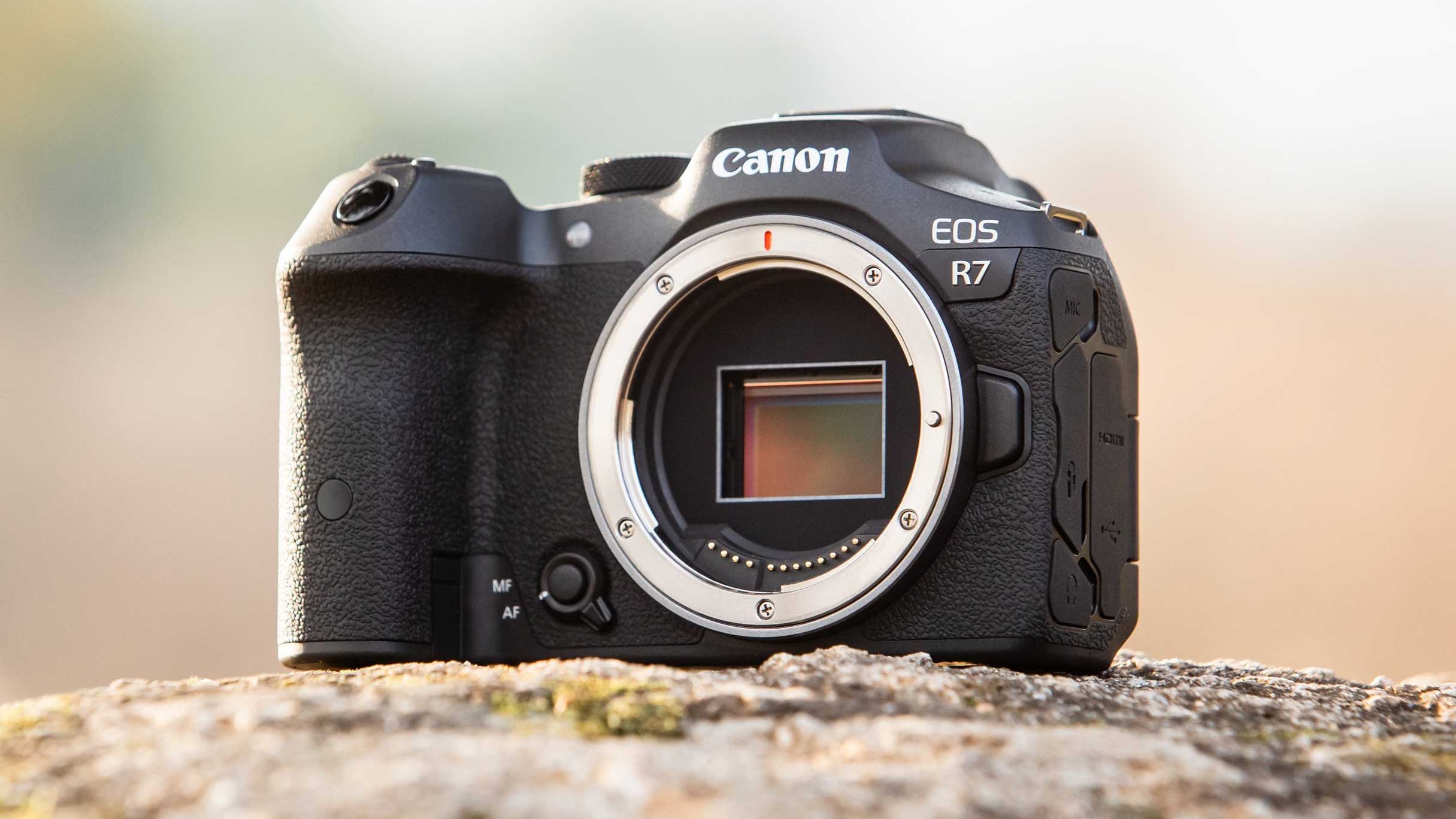
As a lifelong wildlife nut, I've always found (wild) animals fascinating, and capturing them on camera is currently my favorite pastime. So when I recently got the opportunity to take the Canon EOS R7 on a little whale-watching cruise in Sydney, I jumped at it. I hopped aboard armed with the RF 100-400mm f/5.6-8 IS USM and RF 600mm f/11 IS STM lenses to accompany the camera and, as I'd anticipated, the R7’s performance was absolutely fantastic!
It’s really quite impressive what Canon has been able to do with its latest, affordable enthusiast mirrorless – it does everything it says on the tin, and does it well. On seeing the results after getting back home, however, I realized an APS-C camera wasn’t for me, at least not when I'm trying to shoot wildlife.
So I have a request for Canon... can we get a full-frame version of the EOS R7? You know, something with a 32MP stacked sensor, image stabilization, fast burst speed, a decent buffer depth, and superb autofocus and subject tracking performance? That would truly be scrumptious.
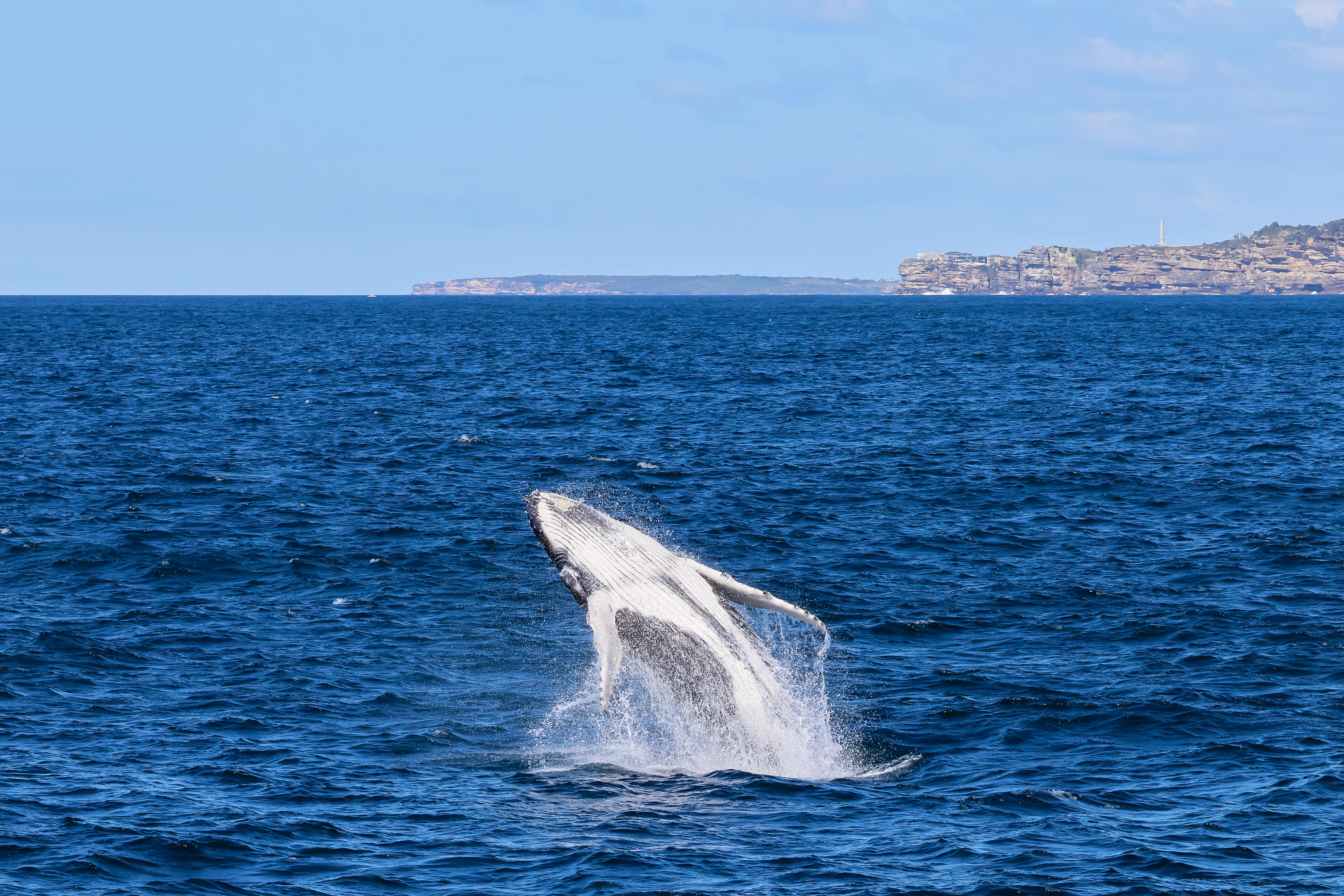
Why I want a full-frame 32MP mirrorless
My current go-to snapper is the Canon EOS 6D Mark II; you can go ahead and scoff at me for holding on to my DSLR, but I haven’t yet found the right full-frame alternative. And as someone who tests cameras for a living, I suppose that’s saying something.
I did get excited when Canon announced the EOS R7 – the spec sheet looked fabulous and I was keen to try it out for myself to see if I could finally move over to a mirrorless system. And having been a Canon user since the start of my photography journey, I already have lenses I can use with an adapter – so it made economic sense too.
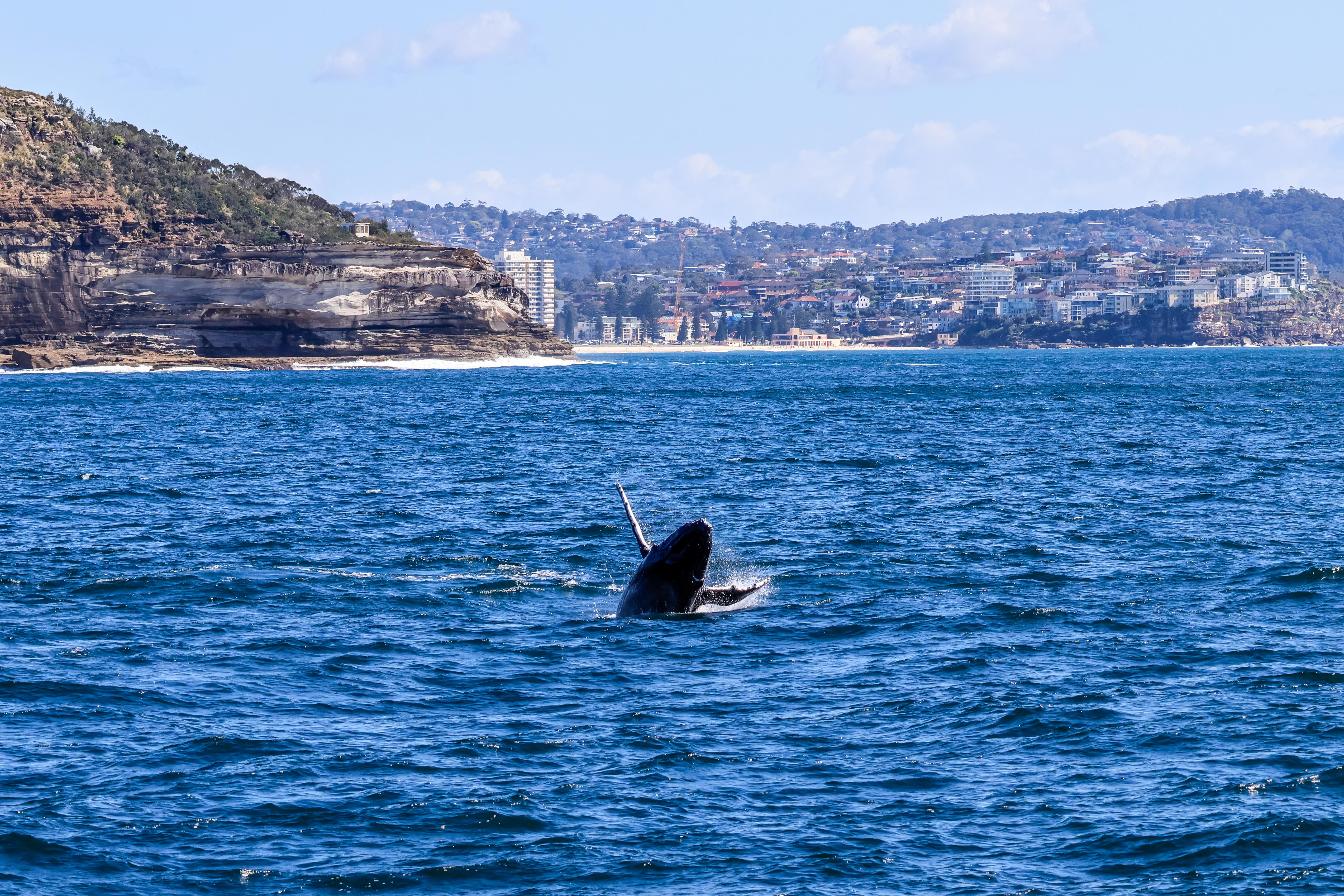
However, it’d been a while since I'd shot with an APS-C format camera, so while the EOS R7 itself cannot be faulted for its performance, I just couldn’t appreciate the final images I got after putting them through my usual editing process.
Firstly, for something as specific as trying to capture whale breaches (when the sea mammals leap out of the water), it’s best to be completely zoomed out for a wider field of vision as it’s hard to predict where they’ll come up next. Considering the APS-C sensor gave me more reach with the 100-400mm lens (about 150-600mm in this case), I had the lens mostly set at the 100mm (equivalent) focal length. That means I had to crop significantly to zoom into the breaching humpback calf (which was, incidentally, putting on quite a show).
Get the Digital Camera World Newsletter
The best camera deals, reviews, product advice, and unmissable photography news, direct to your inbox!
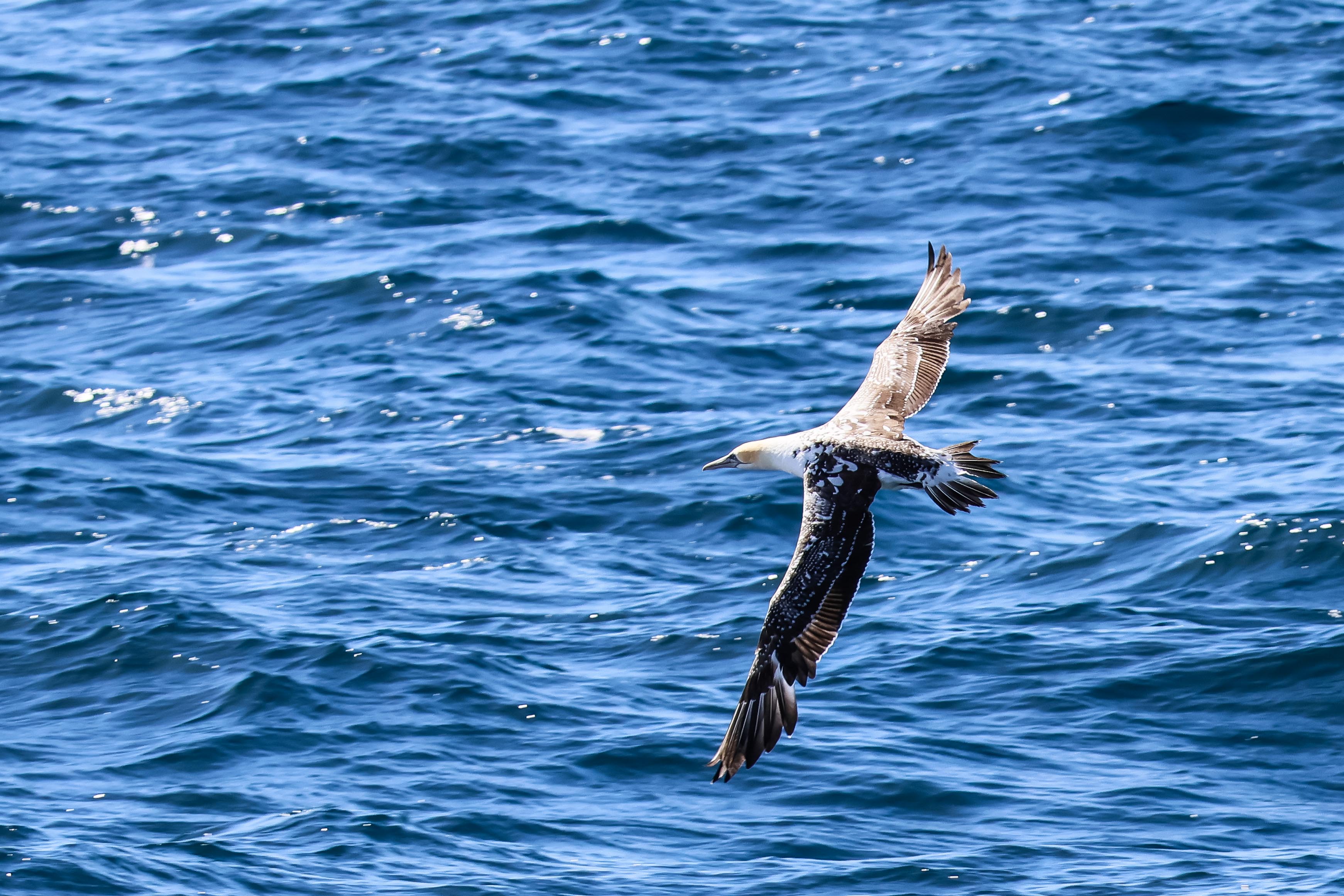
Consequently, I lost a fair bit of image quality, plus a smaller sensor doesn’t quite capture the details in highlights and shadows as well as a full-frame one does. So while the pictures I got of a breaching whale were perfectly fine for posting on Instagram, there’s no way they're high-quality enough for enlargement and printing which, I fully admit, is always my aim.
I also miss the shallower depth of field I’ve gotten used to with a full-frame sensor. Shooting with the EOS R5 and my old 6D Mark II gave me some nice blurry backgrounds to separate the subject more prominently from the background. The R7, of course, gave me some of that but, where it counted, it just fell a little short because of the smaller sensor.
While I haven't needed to use the EOS R7 in low-light conditions when capturing animals, I would be a little worried about the sensor's performance as compared to a bigger imaging surface.
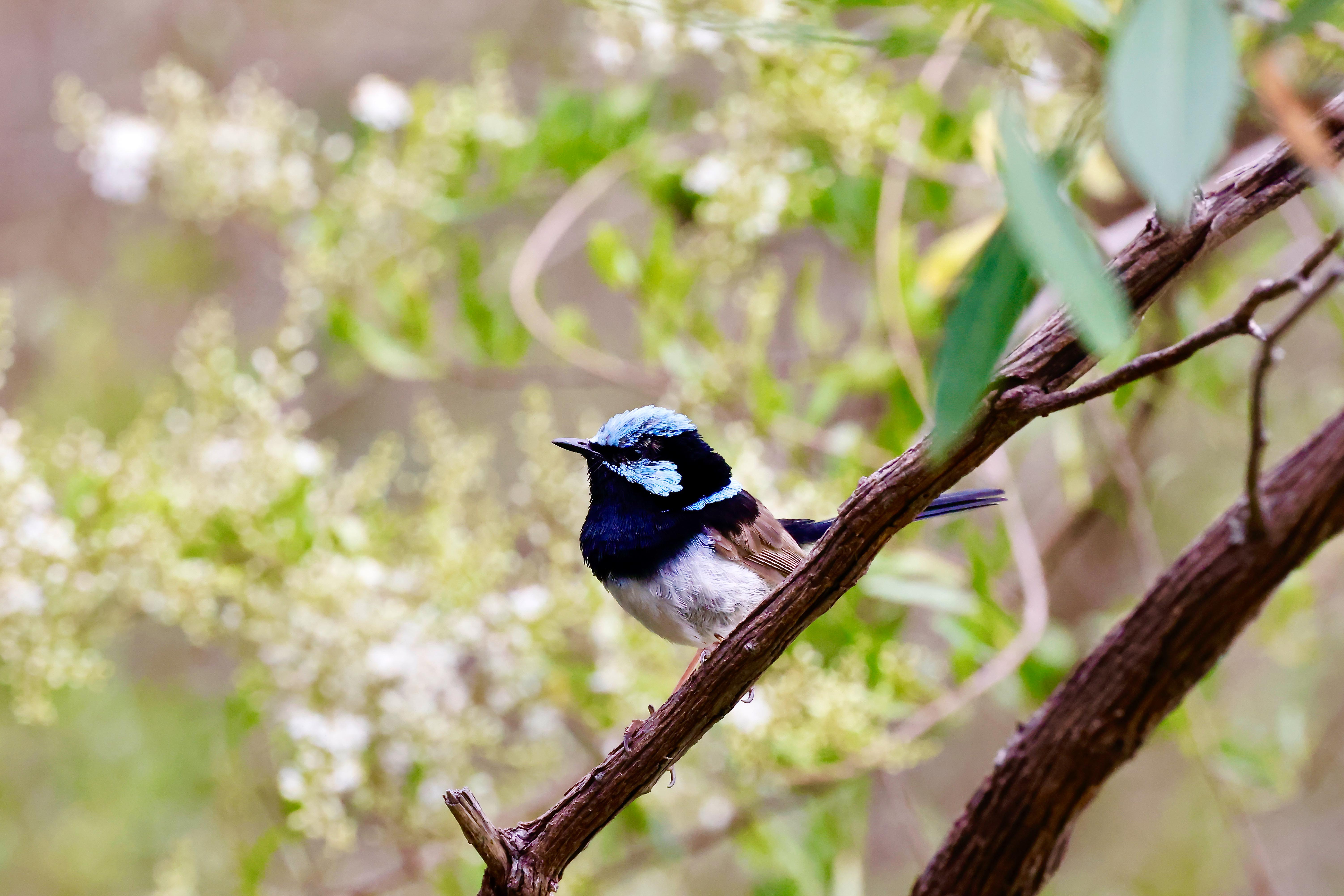
The sweet spot
I’m aware that the natural question to ask is probably, "Why not just get the EOS R5 or the R6?" Well, personally, the R5 is overkill for my needs – as much as I love a high-res sensor, I don’t really need 45MP and I don’t see myself needing to shoot 8K video any time soon – and it’s also quite expensive. On the other hand, the 20MP EOS R6 just doesn’t have the sensor resolution to tempt me into making the switch to mirrorless from my 26.2MP 6D Mark II.
The price of the R7 is just right, and while I know a full-frame version will cost more, if it will give me the speed and accuracy – and most importantly the image quality – that I’m personally after, then I’m willing to wait and shell out the extra cash.
To make a long story short, I'd really love a camera with good sensor resolution, the same autofocus speed and tracking accuracy as of the R7, and image stabilization. 32MP seems to be my resolution sweet spot, and if it comes with a price tag that won't burn a hole in my already depleting pocket, even better.
So how's about it, Canon? Willing to humor me?
Read more:
• The best professional cameras right now
• The best mirrorless cameras today
• The best trail cameras you can buy
• The best DSLRs to buy
• DSLR vs mirrorless: which is best?
• The best telephoto lenses
• Best 150-600mm lenses
• Best macro lenses
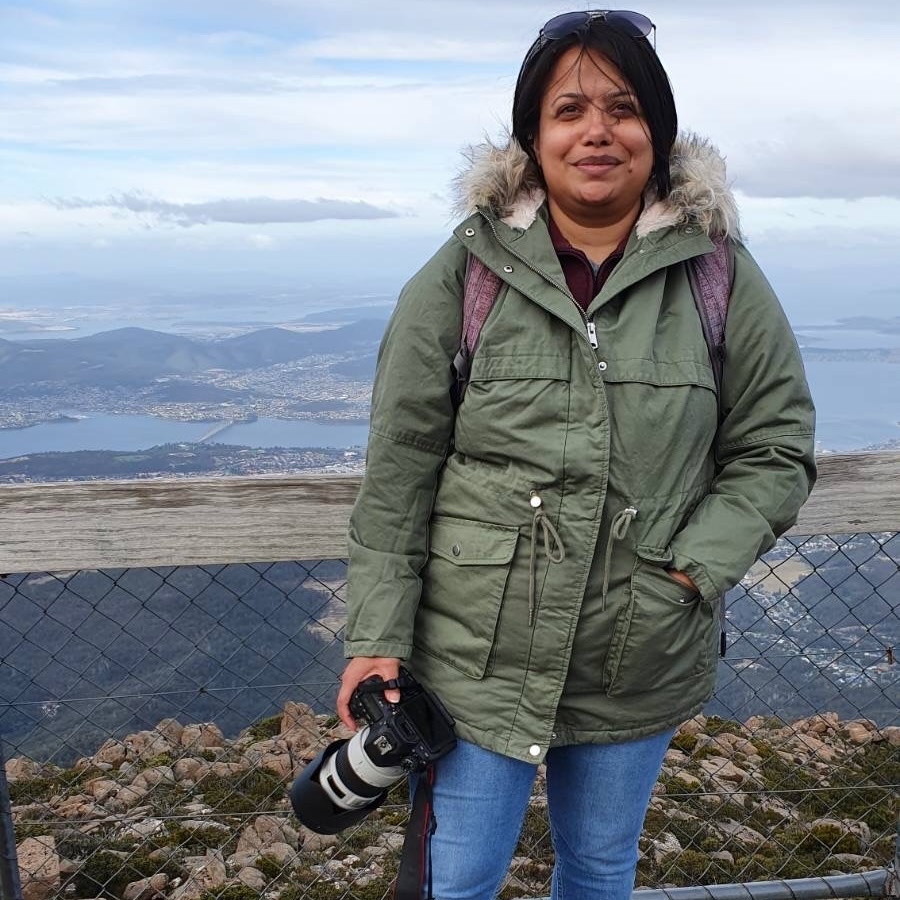
Along with looking after they day-to-day functioning of Digital Camera World in Australia, Sharmishta is the Managing Editor (APAC) for TechRadar as well. Her passion for photography started when she was studying monkeys in the wilds of India and is entirely self-taught. That puts her in the unique position to understand what a beginner or enthusiast is looking for in a camera or lens, and writes to help those like her on their path to developing their skills or finding the best gear. While she experiments with quite a few genres of photography, her main area of interest is nature – wildlife, landscapes and macros.
